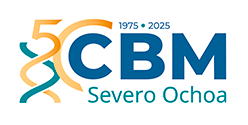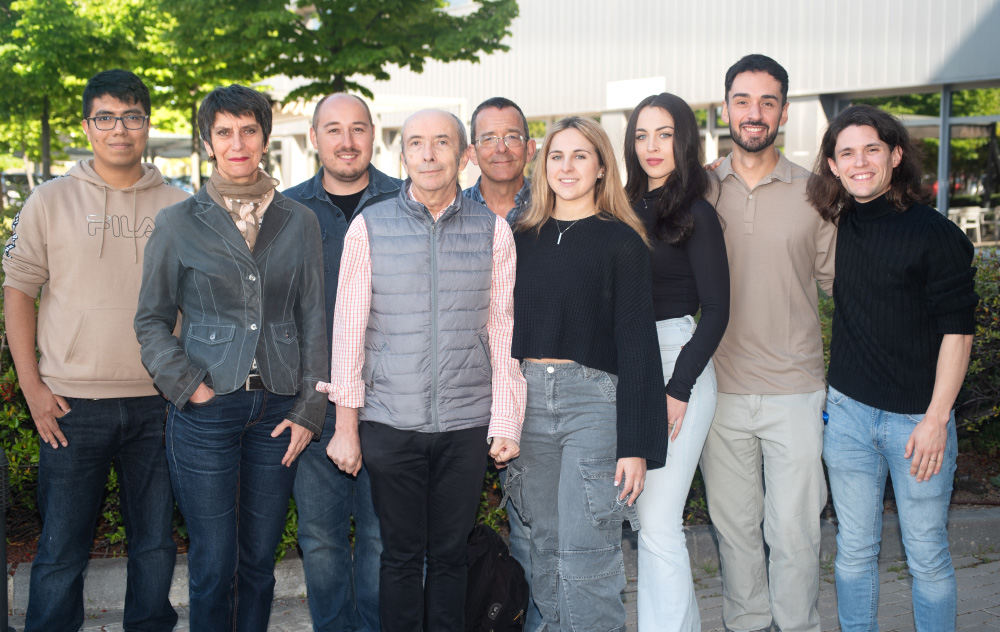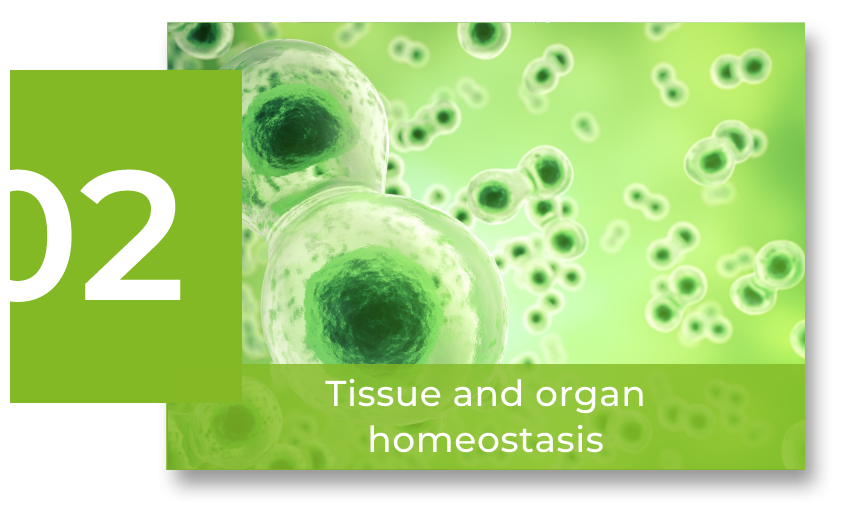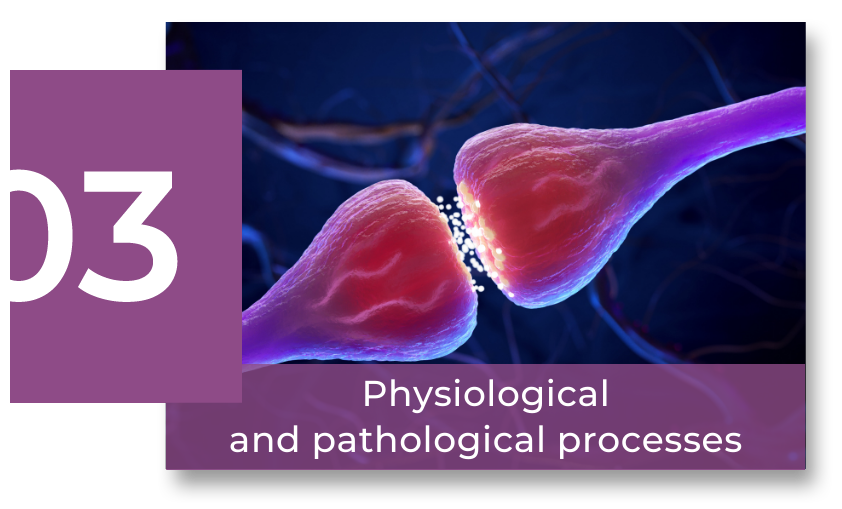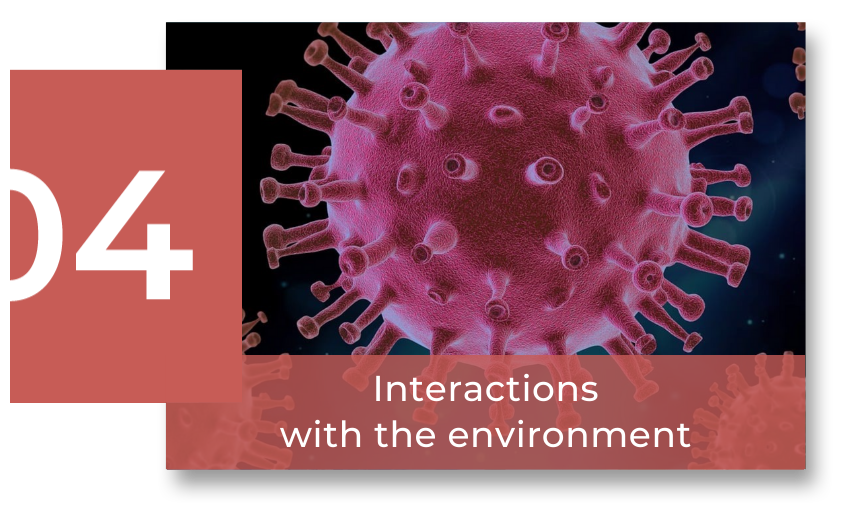Scientific Program
Genome dynamics and function
RESEARCH GROUP
Regulation of gene expression in Leishmania
Our group is focused on the parasite Leishmania, the causative agent of leishmaniasis in humans. The knowledge of the molecular biology of this protist, which represents one of the earliest extant branches of the eukaryotic lineage, is basic to fight against this disease. We have created complete genome assemblies and are establishing consistent gene models; we aim to provide sound genomic annotations as tools for omics studies in this research field.
Research
Protists of the Leishmania genus include species causing severe diseases in humans, i.e. leishmaniasis. Moreover, Leishmania species are the subject of fundamental interest regarding the evolution of gene regulatory mechanisms, as these organisms have put aside transcriptional regulation. There is currently no acceptable vaccine for preventing leishmaniasis and treatment options are limited. The research activity of our group is focused on studying, on the one hand, genome organization and gene expression in this parasite, and, on the other hand, the immuno-pathological outcomes associated with the infections caused by this parasite. Our aim is contributing knowledge for the development of new methods of controlling this parasitosis.
Massive sequencing techniques have become routine tools in our group for studying molecular mechanisms of gene expression in this parasite. These tasks are being done in close collaboration with Dr Begoña Aguado (head of the Genomics & Massive Sequencing service at CBMSO). Our group has generated new assemblies, improving previous ones, for the genomes of prototypical Leishmania species like L. infantum, causative agent of visceral leishmaniasis in Spain and other countries around the Mediterranean basin, and L. braziliensis, causing mucocutaneous leishmaniasis in South America. For hosting this information, which is actively curated, a web page was created: http://leish-esp.cbm.uam.es. Furthermore, we are using massive RNA sequencing (RNA-seq) for the annotation of transcriptomes of several Leishmania species and to study changes in gene expression. Thus, RNA-seq was used to determine genes involved in parasite resistance against the drugs currently available for treatment of human leishmaniasis. Additionally, we are looking for regulatory cis-elements, often found in the 3’ untranslated regions (UTRs) of mRNAs, associated with RNA-binding proteins (RBPs), as key players in the regulation of gene expression.
Another area of active research, headed by Dr Manuel Soto, is aimed to the study of Leishmania – host immune response interactions, towards the development of prophylactic tools for preventing Leishmania infection. In this regards, a genetically modified-Leishmania mutant line (LiΔHSP70-II) is being analyzed as a promising vaccine; its inoculation induces memory and effector T cell responses against Leishmania able to control subsequent challenges. Finally, as members of the Tropical Diseases network, our group is engaged in collaborative research activities with different national health institutions.
Group members

José María Requena Rolania
Lab.: 302 Ext.: 4617
jmrequena(at)cbm.csic.es

Begoña Aguado Orea
Lab.: 312 Ext.: 4573
baguado(at)cbm.csic.es

Javier Adán Jiménez
Lab.: 302 Ext.: 4647
javier.adan(at)cbm.csic.es

Ronny Francisco Pacheco Hinojosa
Lab.: 302 Ext.: 4647
rfpacheco(at)cbm.csic.es

Andrea Pasuy Castañeda
Lab.: 302 Ext.: 4617
Selected publications

Refinement of Leishmania donovani Genome Annotations in the Light of Ribosome-Protected mRNAs Fragments (Ribo-Seq Data)
Alejandro Sánchez-Salvador et al.

Leishmania infantum (JPCM5) Transcriptome, Gene Models and Resources for an Active Curation of Gene Annotations
Esther Camacho et al.

Complete assembly of the Leishmania donovani (HU3 strain) genome and transcriptome annotation
Esther Camacho et al.

Genomic and transcriptomic alterations in Leishmania donovani lines experimentally resistant to antileishmanial drugs
Alberto Rastrojo et al.
